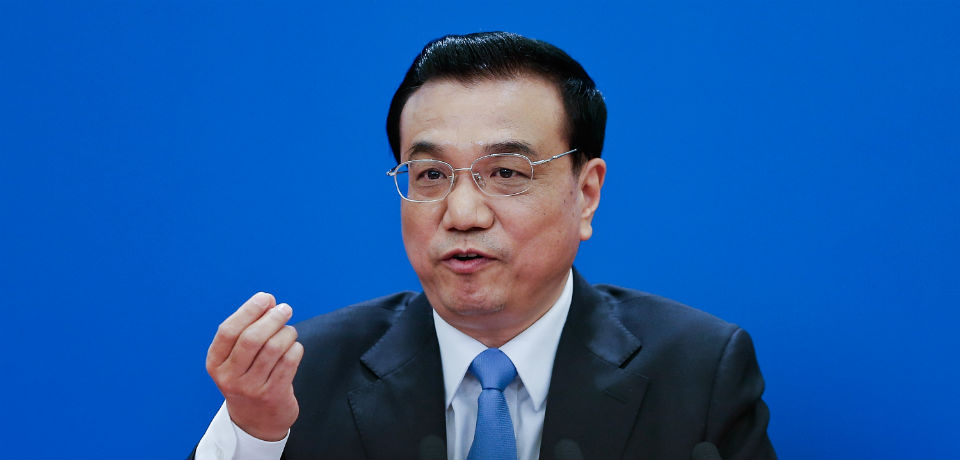After dramatic drops last week the oil price has rebounded strongly over the last few days. The principal driver of this is the military action Saudi Arabia began yesterday in Yeman. WTI has rebounded from a low of $42 a barrel to a high of nearly $52. In the near term Goldman Sachs predicts that oil may drop back into the low $40’s again however most analysts agree that oil is likely to move higher again before the end of the year.
Most oil producing economies require a higher oil price to sustain their government spending. At the extreme end of the scale Venezuela needs an oil price of $118 and Russia $108. Gulf nations like Saudi, Kuwait and the UAE have cash reserves that can get them through a lower oil price but even they need a price of $90 a barrel in the medium term to sustain their economies.
Current over supply in the oil market is around 2 million barrels a day or roughly 3% of global production. It is highly likely that major oil producers like OPEC and Russia will cut oil production to move prices higher as it is in their interest to do so. The big question is when this will happen. The Gulf nations are essentially playing a game of chicken right now with the rest of OPEC and Russia to see who will blink first.
In addition Saudi, Iran and Russia are all locked into the titanic struggle between Sunni and Shia Muslims and the battle for Syria. The low oil price hits Iran and Russia much harder than Saudi however the Saudi’s won’t want to see it there for too long. All eyes will be on the next OPEC meeting in July.
Our expectation is to see oil trading in the $70-$80 a barrel range by the start of next year. We feel the best strategy in the near term is to keep buying oil in the $40’s and hold through the volatility for now.
I hope that you have enjoyed reading this post.
CEO
Kuala Lumpur : Malaysia


